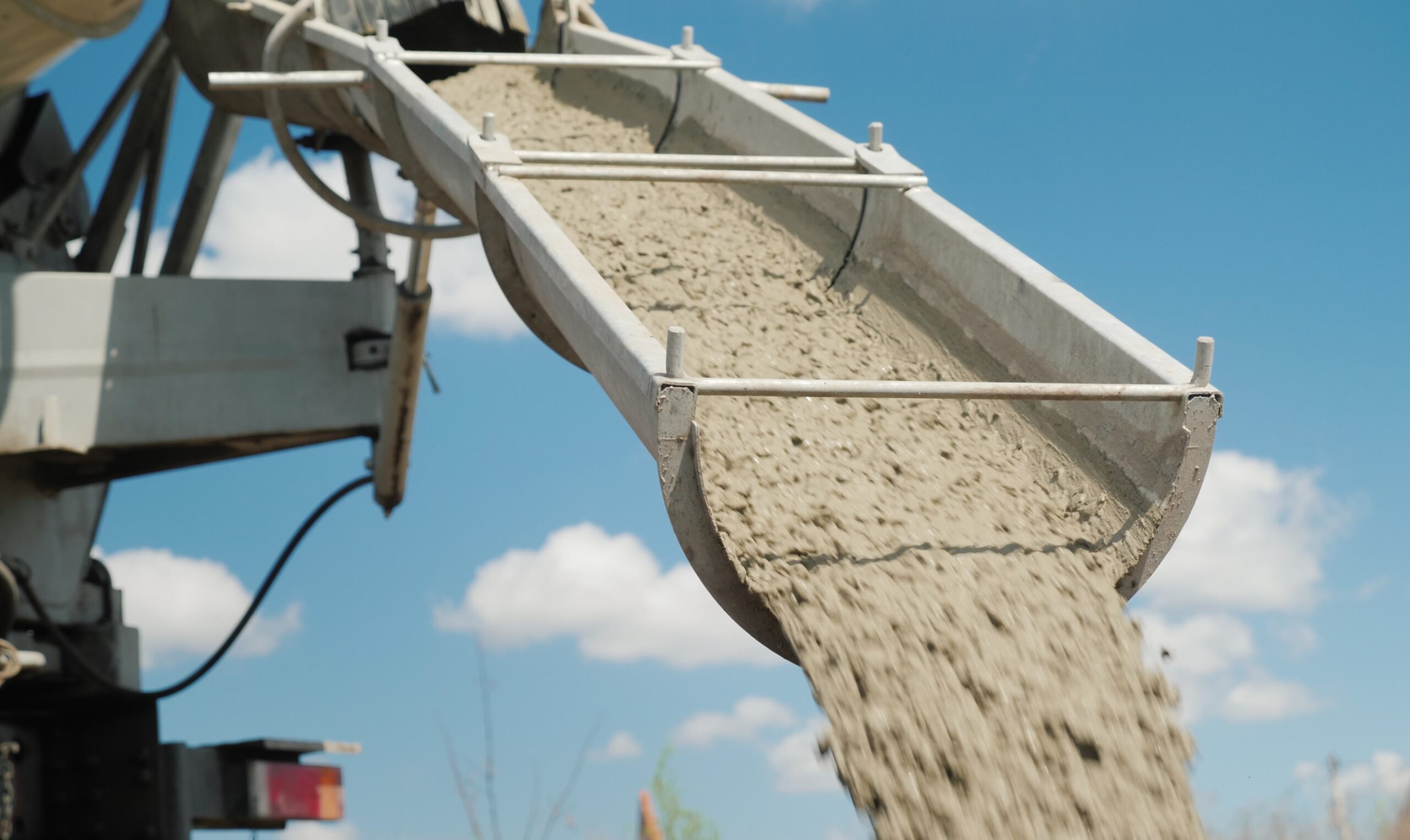
Among the many active steps McGill is taking towards achieving carbon neutrality, there is one that has the potential to impact carbon emissions beyond our campuses. Facilities Management and Ancillary Services (FMAS) has led a collaborative effort to develop an innovative building design standard to minimize carbon emissions associated with concrete.
“For any new construction, concrete can be a major contributor of greenhouse gas emissions,” explains Phillipe St-Jean, Senior Sustainable Construction Officer, Design Services, FMAS. “The timing of the development of this new design standard is opportune for McGill as it coincides with the design of several major construction projects, such as the New Vic, Fiat Lux, and the Sylvan Adams Sports Science Institute.”
Concrete has a large carbon footprint due to the greenhouse gas (GHG) emissions associated with the production and transportation of the material. It is responsible for roughly eight per cent of annual global emissions. The cement used in concrete represents approximately 90 per cent of those emissions since its production requires a lot of energy and the chemical transformation of its raw materials inherently releases carbon dioxide.
McGill’s standard focuses on concrete poured onsite, which has more constraints than concrete poured in a factory for the production of products such as concrete masonry blocks.
Concrete is generally used in conjunction with reinforcing bars – often made of steel, meant to improve the strength of concrete and reduce fissuring and deformation. McGill’s new design standard sets ambitious yet achievable carbon reduction requirements by targeting the reinforcing bars (i.e. replacing steel with a more sustainable material) and imposing limitations to the cradle-to-site embodied carbon of the concrete itself (its extraction, production, and transportation).
A collaborative effort
“The limitations were developed in consultation with external experts and set following a thorough assessment of the ability of the concrete industry in Quebec to meet them,” explains St-Jean.
Thanks to funding received from McGill’s Sustainability Projects Fund, FMAS worked with global sustainable development and engineering firm Arup, and Englobe, a local firm specializing in concrete testing, specifications, and analysis.
“Arup appreciates McGill’s leadership in minimizing embodied carbon across its campuses, and the opportunities to leverage our global knowledge and experience to support the project. McGill’s project has enabled our firm to tailor our approach for Quebec and spurred further work across Canada,” says Matt Humphries, Associate Principal and Project Director at Arup.
Although sustainable concrete standards have been developed elsewhere, McGill could not adopt these directly, as concrete specifications need to be developed according to the local climate and market conditions (availability of materials and of suppliers), and a similar standard did not yet exist in Quebec. By creating stringent but realistic guidelines, the University aims to set the bar high for the industry, encouraging eco-friendly practices. The hope is that other organizations across the province will be inspired to adopt McGill’s newly developed standard.
“More than a dozen other large organizations have expressed interest in adopting the standard we have developed, thus helping to shape market forces in favour of the production and use of low embodied carbon concrete,” says St-Jean.
Next steps
The sustainable concrete standard is just one of many building design standards FMAS’s Design Services team oversees. Improving existing standards and establishing new ones is an ongoing but essential process. These standards ensure consistency and touch upon every aspect of construction and renovation. They are used by external professionals, such as architects and engineers, to guide the design and specifications of McGill’s construction projects.
The team is now assessing the possibility of creating similar standards for other building materials, such as steel.
“We will also be encouraging structural engineers to rethink the way they design buildings. For example, we will encourage them to strive for a reduction of the overall volume of concrete required in construction projects,” says St-Jean.

This is wonderful to read. Decarbonization of our construction industry will be a long painful process and you are tackling it ahead of others.
I highly recommend anyone interested to watch this incredibly well researched French documentary from 2013.
https://filmsfortheplanet.com/sand-wars/